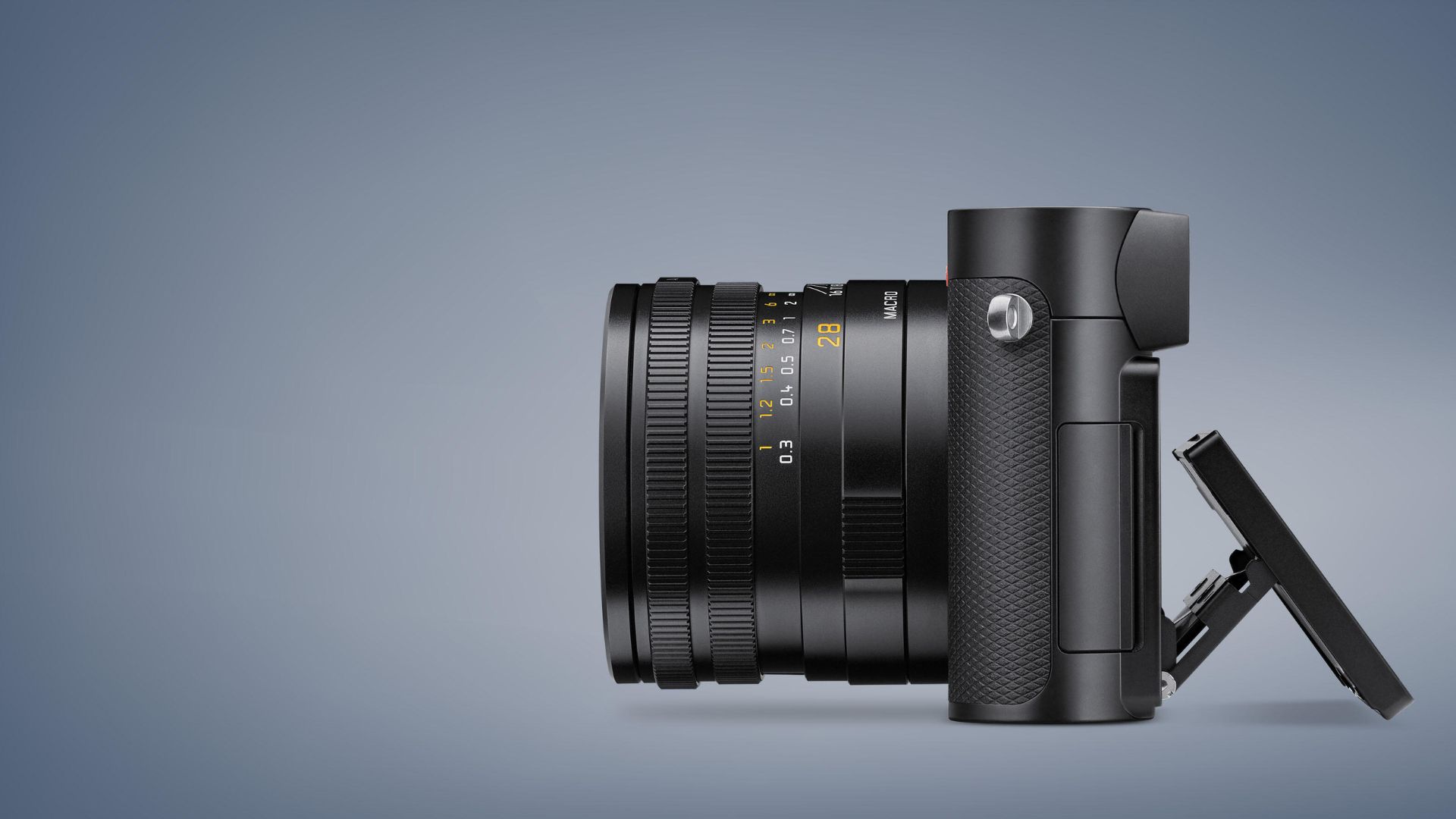
Does Leica's new 8K-capable Q3 herald the start of a trickle down of higher res units?
Leica has introduced its first Q series camera in several years, the Leica Q3, a mirrorless camera which features 8K up to 30p and a 60MP, full-frame BSI CMOS sensor. It also features a fixed lens and a price of $6000. What does it mean as more cameras step up to 8K resolution?
While it's a fixed lens camera, there are plenty of excellent features found within the Leica Q3 worth pointing out. They include:
- 60 megapixel full-frame BSI CMOS sensor with what Leica calls Triple Resolution Technology at 60MP, 36MP, and 18MP. Leica Maestro series processor (Maestro IV) with an RGB filter, UV/IR filter, but no low-pass filter.
- Summilux 28mm f/1.7 ASPH fixed lens with an integrated macro mode. 11 lenses in 9 segments, 3 aspherical lens areas.
- A tiltable 3-inch display along with a 5.67MP OLED viewfinder.
- Aperture: F1.7 to F16 in 1⁄3 EV increments.
- A new hybrid autofocus system with phase detection AF, contrast detection AF, depth from defocus, and AI.
- Video resolution: 8K up to 30p, 4K up to 60p, up to 4:2:2 10-bit, FHD ProRes HQ
- Video codecs include ProRes and H.265.
- File formats: Photo: DNG (raw data), DNG + JPG, JPG (DCF 2.0, Exif 2.31).
- Wireless charging support (!).
This is all rather interesting. As more and more camera brands focus on mirrorless cameras, video resolutions are still mostly at 4K resolution. However, there are a few similar cameras that shoot in 8K include the Canon EOS R5, Sony A1, Fujifilm X-H2 (APS-C), and the Nikon Z 8 and Z 9. It's safe to assume 8K will trickle down to even more affordable cameras in the near future.
Price-wise, all of these cameras feature interchangeable lenses, and the bodies are priced over a wide range from $2000 (X-H2), $4000 (R5), $4000 (Z 8), $5500 (Z 9), and $6500 (A1). But then you need to add glass that supports high resolution, so expect to add a couple more thousand dollars if you need new lenses. All that means is that, in some ways, the fixed-lens Leica Q3 is priced competitively.
Yes, there are cinema cameras that shoot in 8K and beyond, but they are strictly for film and video production. All of these cameras, including the Leica Q3, are highly capable of terrific photography with fast shutter speeds.
Style and fashion!
No matter how you slice it, Leica designs and manufactures luxury cameras. Even its fixed lens compact cameras, the V-Lux 5 and D-Lux 7, cost $1600 and $1400, respectively. However, there is a definite market for Leica and its cameras do produce quality images and video, and its lenses are practically second to none. So it's interesting to note that it has begun adding 8K video to its cameras, even if it's the Q series to start with. I imagine others will follow suit, including its S, SL, and APS-C lineups (the M series does not feature video).
The Leica Q3 camera retails for $5995 and you can learn more here. If you're on a budget and looking for a stills and video camera that can shoot in 8K, the Fujifilm X-H2 (read the RedShark review) is a nice option at $2000 for the body. And it’s probably only a matter of time before more affordable cameras will feature 8K as an option.
Tags: Production Cameras


Comments